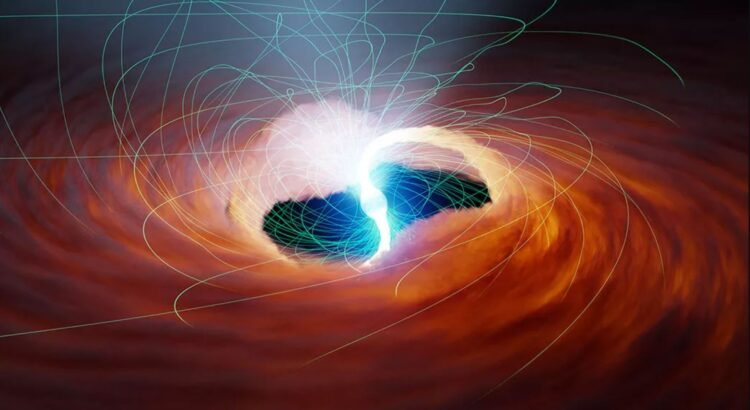This mysterious object 10 million times brighter than the Sun defies physics

According to NASA, a strange "ultra-bright X-ray source" (ULX) shines 10 million times brighter than the Sun. This celestial object would violate a physical law called Eddington's limit.
According to new observations published in The Astrophysical Journal from NASA's Nuclear Spectroscopic Telescope Network (NuSTAR), a particular ULX named M82 X-2 will defy physics. This object would be the brightest ever seen. It would even be “too brilliant” according to the authors of the study.
Indeed, the NuSTAR, which makes it possible to observe high-energy X-rays, has found that this ultra-bright X-ray source gives off about 10 million times more energy than the Sun. This amount of energy violates a physical law known as Eddington's limit, which determines the brightness of an object of a given size. According to this physical principle beyond the Eddington limit, radiation pressure takes precedence over gravity and constituents of the object are ejected. However, ULXs "regularly exceed this limit by 100 to 500 times, baffling scientists," according to a NASA release .
Theories around these ultra-bright X-ray sources suggest that this extreme brightness could be an optical illusion, but this new work shows that's not the case - this ULX somehow defies Eddington's limit.
Astronomers thought ULXs might be black holes, but M82 X-2 is an object known as a neutron star. Neutron stars are the remains, the dead cores, of stars like the Sun. A neutron star is so dense that the gravity on its surface is about 100 trillion times stronger than that of Earth. This intense gravity means that any material shot at the surface of the dead star will have an explosive effect.
M82 X-2 the celestial object that defies physics
The study found that M82 X-2 consumes about 1.5 Earths worth of material each year, siphoning it off from a nearby star. When this amount of material hits the surface of the neutron star, it is enough to produce the exceptional luminosity the researchers observed.
The astronomer team believe this is proof that there is an as-yet-unknown event to be happening on or around M82 X-2 that allows him to bend the rules and break Eddington's boundary. Their current idea is that the neutron star's intense magnetic field changes the shape of its atoms, allowing the star to stick together even as it gets brighter and brighter.
“These observations allow us to see the effects of these incredibly strong magnetic fields that we could never replicate on Earth with current technology,” said study lead author Matteo Bachetti, an astrophysicist at the Astronomical Observatory of Milan. Cagliari in Italy, adding: “That's the beauty of astronomy…we can't really set up experiments to get quick answers; we have to wait for the universe to show us its secrets. »
Source : websites

